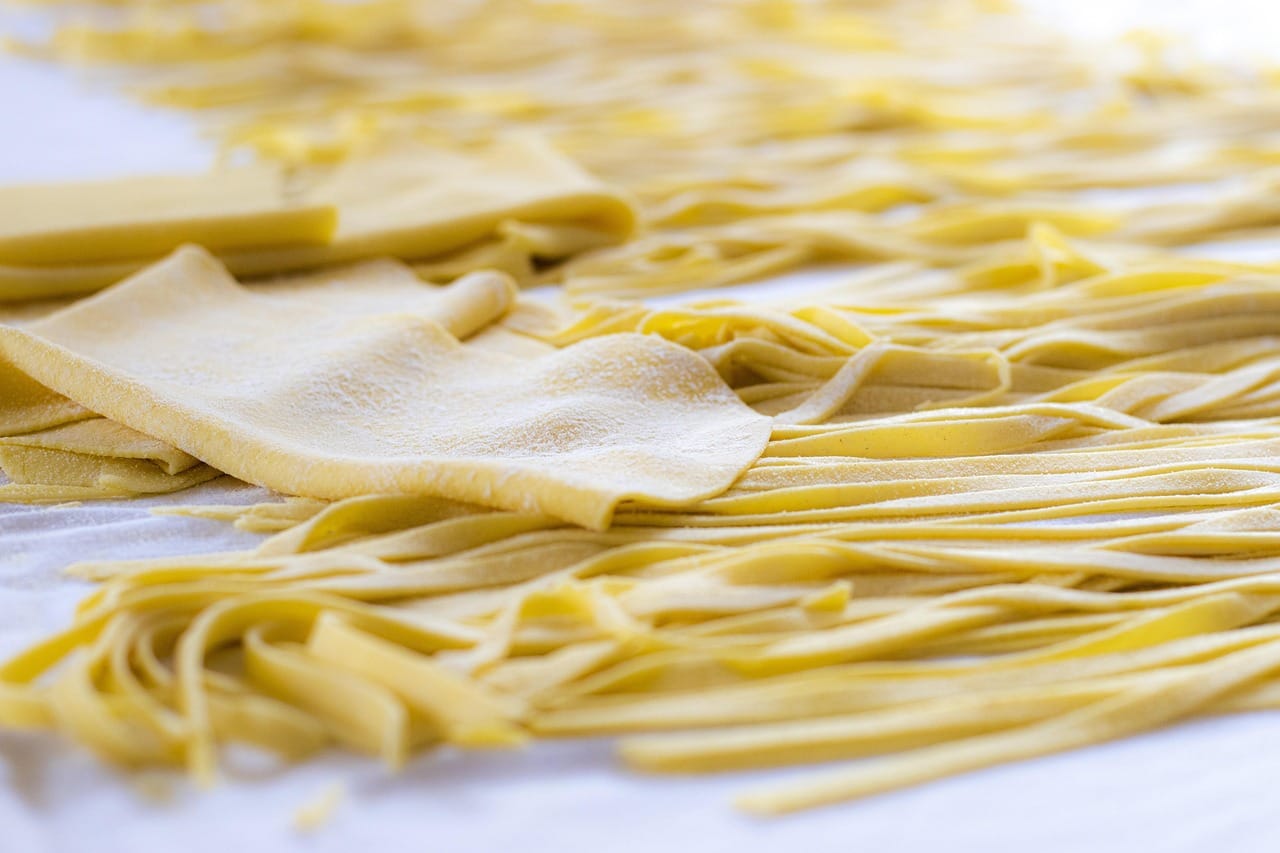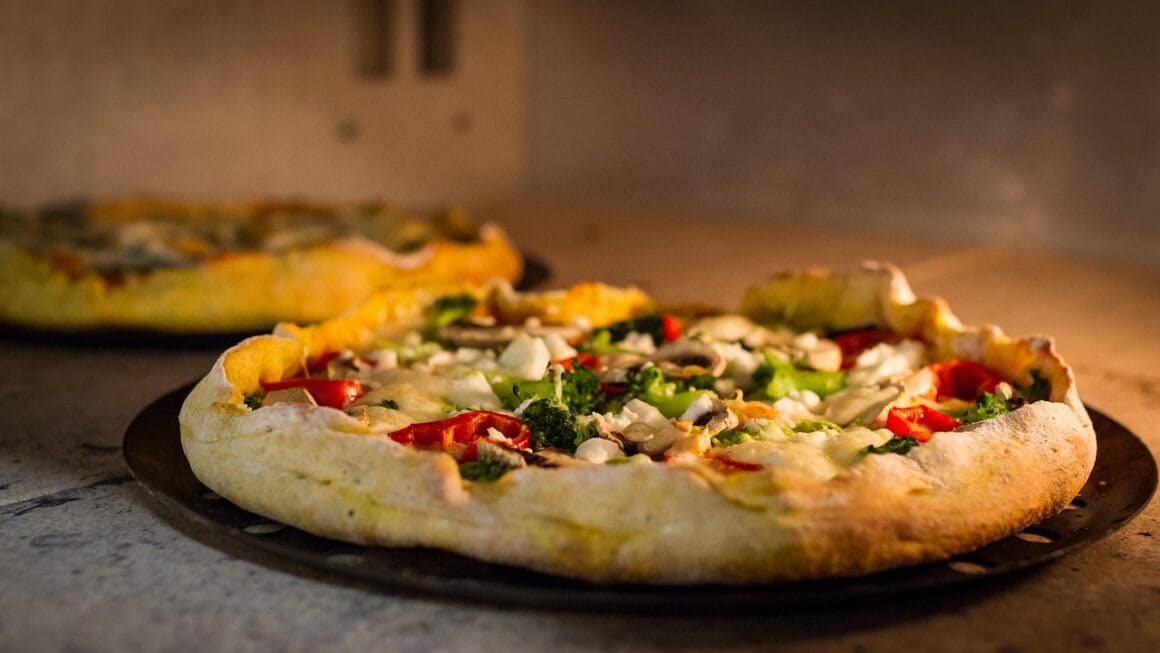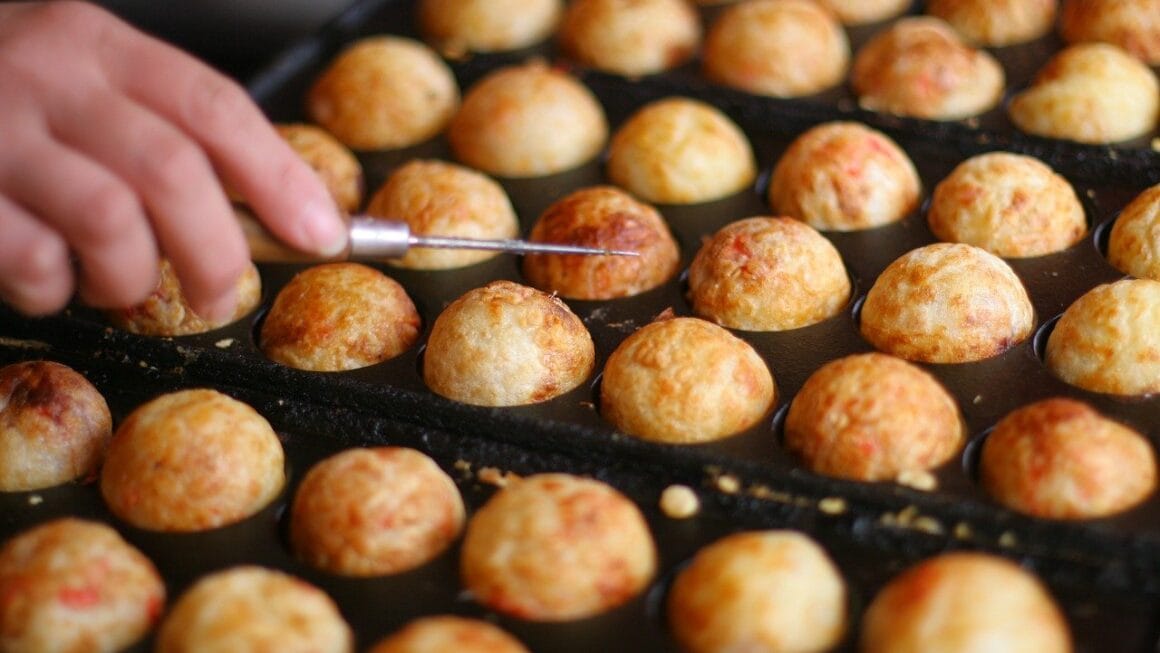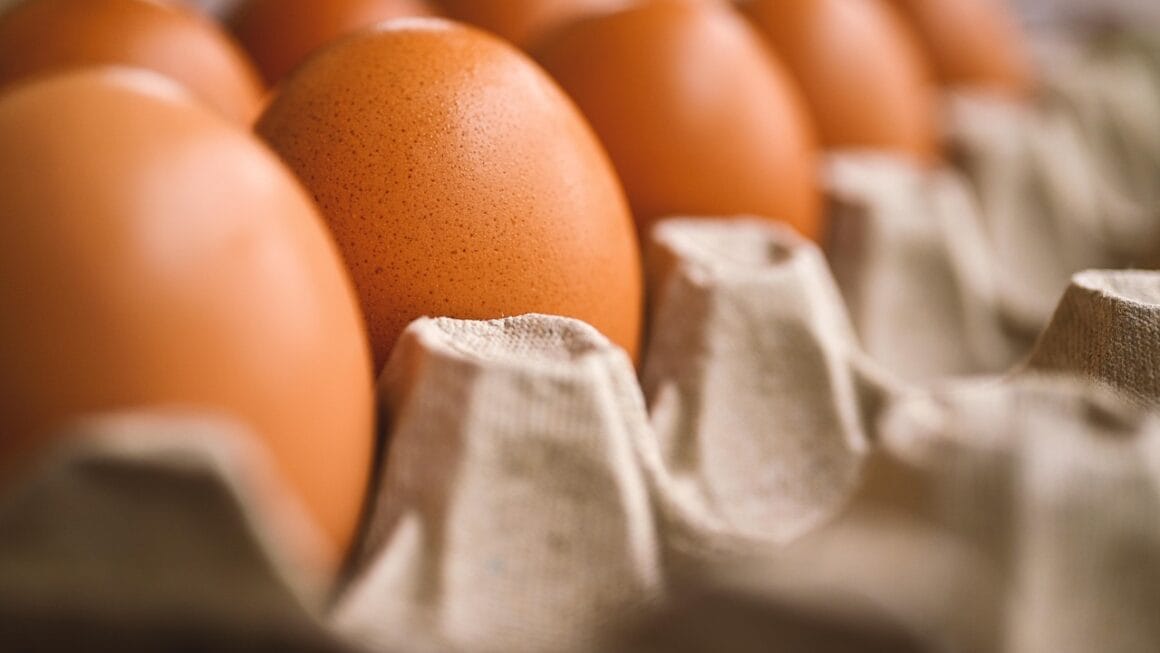Cooking isn’t just about following a recipe; it’s about creativity, experimentation, and the joy of nourishing yourself and others. Whether you’re a complete beginner or a seasoned home cook looking to expand your repertoire, taking a cooking class can be an incredibly rewarding experience. It’s an investment in your skills, your palate, and your overall well-being. In this guide, we’ll explore the myriad benefits of cooking classes, the different types available, and how to choose the perfect one for you.
The Delicious Benefits of Taking Cooking Classes
Sharpening Your Culinary Skills
Perhaps the most obvious benefit of cooking classes is the opportunity to enhance your culinary skills. Through hands-on instruction and expert guidance, you can learn fundamental techniques, master essential recipes, and develop a deeper understanding of cooking principles. It’s a structured way to improve and a chance to ask questions as you go.
- Mastering Knife Skills: Learn the proper techniques for chopping, dicing, and mincing ingredients safely and efficiently. A dull knife is a dangerous knife. A good class will teach you how to sharpen your knives properly too.
- Understanding Flavor Profiles: Discover how different flavors interact and complement each other, allowing you to create more complex and delicious dishes. For instance, understanding how acids, fats, and salts balance each other is critical for most savory recipes.
- Perfecting Cooking Methods: From sautéing and grilling to baking and braising, learn the nuances of various cooking methods to achieve optimal results.
- Elevating Your Plating: Presentation matters! Some classes devote time to artfully arranging food on a plate to enhance the dining experience.
Expanding Your Culinary Horizons
Cooking classes expose you to new cuisines, ingredients, and techniques that you might not otherwise encounter. This expansion of your culinary horizons can spark creativity and lead to exciting new dishes.
- Exploring Global Cuisines: Take a class focused on Italian, Thai, Mexican, or any other cuisine that piques your interest. Imagine learning to make authentic pasta from scratch or mastering the art of sushi rolling!
- Discovering New Ingredients: Learn about unfamiliar spices, vegetables, and proteins and how to incorporate them into your cooking. A class on Mediterranean cooking, for example, might introduce you to ingredients like za’atar or harissa.
- Trying New Techniques: Explore specialized techniques like sous vide cooking, fermentation, or pastry making.
Building Confidence in the Kitchen
Many people are intimidated by cooking, but a good cooking class can help build confidence and alleviate those anxieties. By providing a supportive and encouraging environment, cooking classes empower you to experiment, make mistakes, and learn from them.
- Breaking Down Complex Recipes: Instructors guide you through each step of a recipe, explaining the reasoning behind each action and providing troubleshooting tips.
- Addressing Common Cooking Mistakes: Learn how to avoid common pitfalls and correct mistakes when they occur. Over-salting a sauce, for example, can often be corrected with a touch of sweetness.
- Gaining Hands-On Experience: The more you cook, the more confident you become. Cooking classes provide ample opportunity to practice your skills under the guidance of an expert.
Socializing and Connecting with Others
Cooking classes can be a fun and social experience, offering the opportunity to meet like-minded individuals who share your passion for food. It’s a great way to connect with others, make new friends, and learn from each other.
- Shared Culinary Experiences: Bond with classmates over the shared experience of creating and enjoying delicious food.
- Networking Opportunities: Connect with other food enthusiasts, chefs, and industry professionals.
- Team Building Activities: Many cooking schools offer team-building classes for corporate groups or other organizations.
Types of Cooking Classes Available
Cuisine-Specific Classes
These classes focus on a particular cuisine, such as Italian, French, Thai, or Mexican. They provide a deep dive into the ingredients, techniques, and culinary traditions of that region.
- Italian Cooking Class: Learn to make fresh pasta, classic sauces, and regional specialties like risotto and osso buco.
- Thai Cooking Class: Master the art of balancing sweet, sour, salty, and spicy flavors in dishes like Pad Thai, green curry, and Tom Yum soup.
- French Cooking Class: Explore classic French techniques like making sauces, baking pastries, and preparing iconic dishes like coq au vin and crème brûlée.
Skill-Based Classes
These classes focus on developing specific culinary skills, such as knife skills, baking, pastry making, or sauce making.
- Knife Skills Class: Learn the proper techniques for chopping, dicing, and mincing ingredients safely and efficiently.
- Baking Class: Master the art of baking bread, cakes, cookies, and other treats.
- Pastry Making Class: Learn to make croissants, éclairs, tarts, and other delicate pastries.
- Sauce Making Class: Discover the secrets to creating flavorful and versatile sauces, from classic French sauces to contemporary variations.
Specialty Classes
These classes focus on a specific type of food or dietary restriction, such as vegetarian, vegan, gluten-free, or healthy cooking.
- Vegetarian Cooking Class: Learn to create delicious and satisfying vegetarian meals using fresh, seasonal ingredients.
- Vegan Cooking Class: Explore plant-based cooking techniques and recipes, from vegan cheese and sauces to vegan desserts.
- Gluten-Free Cooking Class: Master the art of baking and cooking without gluten, using alternative flours and techniques.
- Healthy Cooking Class: Learn to prepare nutritious and delicious meals that support a healthy lifestyle.
Online Cooking Classes
With the rise of online learning, many cooking schools and chefs now offer online cooking classes, providing a convenient and accessible way to learn from the comfort of your own home.
- Live Online Classes: Participate in real-time cooking classes with a chef instructor, who provides guidance and answers questions as you cook along.
- Pre-Recorded Classes: Access a library of pre-recorded cooking classes that you can watch at your own pace.
- Interactive Online Platforms: Utilize online platforms that offer interactive features, such as recipe downloads, Q&A forums, and virtual cooking communities.
How to Choose the Right Cooking Class
Identifying Your Interests and Goals
Before signing up for a cooking class, take some time to consider your interests and goals. What do you want to learn? What kind of food do you enjoy cooking and eating? What are your skill levels? Understanding your interests and goals will help you narrow down your options and choose a class that is right for you.
- Consider Your Skill Level: Are you a beginner, intermediate, or advanced cook? Choose a class that is appropriate for your skill level.
- Identify Your Culinary Interests: What cuisines, ingredients, or techniques are you most interested in learning about?
- Set Specific Goals: What do you hope to achieve by taking a cooking class? Do you want to master a specific recipe, improve your knife skills, or expand your culinary horizons?
Researching Local Cooking Schools and Instructors
Once you have a clear idea of your interests and goals, start researching local cooking schools and instructors. Read reviews, compare prices, and check out the curriculum of different classes. Look for instructors who are experienced, knowledgeable, and passionate about cooking.
- Read Online Reviews: Check online review sites like Yelp, Google Reviews, and Facebook to see what other students have to say about the cooking school or instructor.
- Visit the Cooking School: If possible, visit the cooking school in person to get a feel for the atmosphere and meet the instructors.
- Review the Curriculum: Carefully review the curriculum of each class to ensure that it covers the topics and techniques you are interested in learning.
- Check the Instructor’s Credentials: Look for instructors who have professional culinary training or extensive experience in the food industry.
Considering Class Format and Schedule
Consider the format and schedule of the cooking class. Do you prefer a hands-on class or a demonstration-style class? Do you have time for a multi-day course or a single-session workshop? Choose a class that fits your learning style and schedule.
- Hands-On vs. Demonstration-Style: Hands-on classes allow you to actively participate in the cooking process, while demonstration-style classes allow you to observe and learn from the instructor.
- Class Length and Frequency: Consider the length of each class session and the frequency of classes. Choose a schedule that fits your availability.
- Class Size: Smaller class sizes typically allow for more personalized attention from the instructor.
Checking the Cost and Inclusions
Before signing up for a cooking class, be sure to check the cost and inclusions. What is included in the price of the class? Are ingredients and equipment provided? Are there any additional fees? Make sure you understand the total cost of the class before you register.
- Ingredient Costs: Are ingredients included in the price of the class? If not, how much will they cost?
- Equipment Usage: Is all necessary equipment provided, or do you need to bring your own?
- Take-Home Materials: Will you receive a recipe booklet or other take-home materials?
- Cancellation Policy: What is the school’s cancellation policy? Can you get a refund if you need to cancel?
Practical Tips for Getting the Most Out of Your Cooking Class
Preparing Before the Class
To get the most out of your cooking class, it’s important to prepare beforehand. Read the recipe in advance, gather any necessary equipment, and come with an open mind and a willingness to learn.
- Read the Recipe: Familiarize yourself with the recipe before the class so you have a general understanding of the ingredients and steps involved.
- Gather Equipment: If you are asked to bring any equipment, be sure to gather it before the class.
- Wear Comfortable Clothing and Shoes: You will be standing and cooking for several hours, so wear comfortable clothing and shoes.
Actively Participating in the Class
During the class, actively participate in the cooking process. Ask questions, take notes, and don’t be afraid to make mistakes. Cooking is a learning process, and the more you engage, the more you will learn.
- Ask Questions: Don’t hesitate to ask questions if you are unsure about anything.
- Take Notes: Jot down important tips, techniques, and variations that you learn during the class.
- Be Mindful of Cross-Contamination: Always practice good hygiene and wash your hands frequently, especially when handling raw meat, poultry, or seafood.
- Don’t Be Afraid to Experiment: Cooking is all about experimentation. Don’t be afraid to try new things and put your own spin on recipes.
Practicing After the Class
The best way to reinforce what you have learned in a cooking class is to practice at home. Recreate the recipes you learned in class and experiment with variations. The more you cook, the more confident and skilled you will become.
- Recreate the Recipes: Make the recipes you learned in class at home to reinforce your skills.
- Experiment with Variations: Try adding different ingredients or using different techniques to create your own unique versions of the recipes.
- Share Your Creations: Share your culinary creations with friends and family and get their feedback.
Conclusion
Cooking classes offer a fantastic way to enhance your skills, expand your culinary horizons, and build confidence in the kitchen. From cuisine-specific courses to skill-based workshops and convenient online options, there’s a cooking class out there for everyone. By carefully considering your interests, researching local schools and instructors, and actively participating in the class, you can unlock a world of culinary possibilities and embark on a delicious journey of learning and discovery. So, what are you waiting for? Grab your apron, sharpen your knives, and sign up for a cooking class today!




